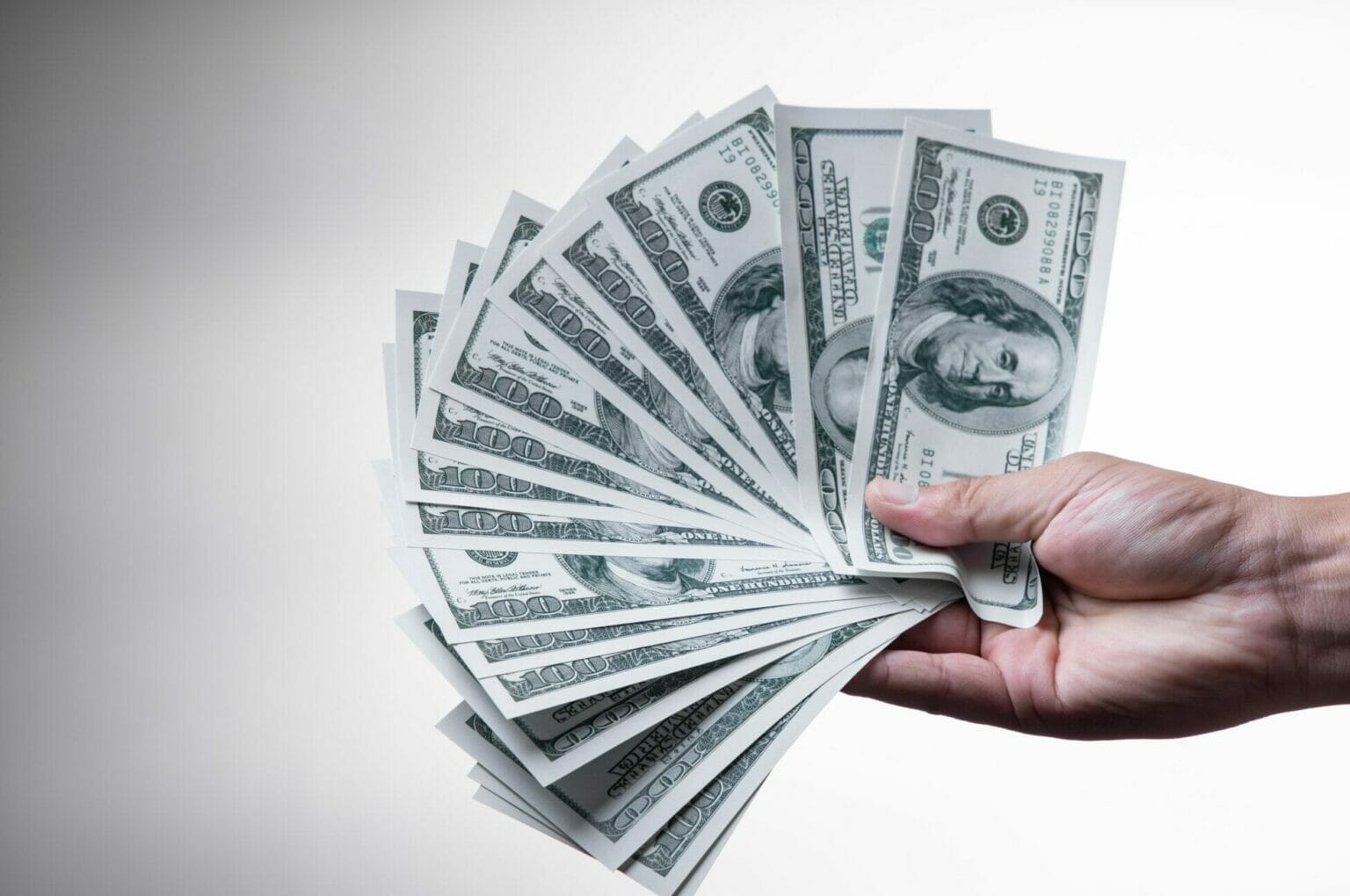With recession risks rising, investors are flocking to the dollar.
With the risk of a recession high, the U.S. dollar seems to be the safest place for investors to put their money.
Whoever came up with the term “king dollar” did so for a good reason, and currency trading this week shows that the name is accurate.
With the risk of a recession high, the U.S. dollar seems to be the safest place for investors to put their money.
And who has been hurt by the rise of the dollar?
Let’s count them: the euro is moving quickly toward parity, even though it is still above its lowest level in 20 years this morning in Europe.
The yen is at its lowest level in over 20 years, sterling is close to its lowest level since March 2020, and Russia’s rouble has dropped 16 percent this week.
As long as the Federal Reserve keeps raising interest rates quickly, not much will change. In the minutes of the Fed’s June meeting, which were released late Wednesday, FOMC confirmed the change from putting full employment ahead of price stability.
So, it’s not surprising that Treasury yields shot up on Wednesday and that the yield curve, which is measured by the difference between the yields on two-year and 10-year bonds, keeps moving further into “inverted” territory.

Whoever came up with the term “king dollar” did so for a good reason, and currency trading this week shows that the name is accurate.
With the risk of a recession high, the U.S. dollar seems to be the safest place for investors to put their money.
And who has been hurt by the rise of the dollar?
Let’s count them: the euro is moving quickly toward parity, even though it is still above its lowest level in 20 years this morning in Europe. The yen is at its lowest level in over 20 years, sterling is close to its lowest level since March 2020, and Russia’s rouble has dropped 16 percent this week.
As long as the Federal Reserve keeps raising interest rates quickly, not much will change.
In the minutes of the Fed’s June meeting, which were released late Wednesday, FOMC confirmed the change from putting full employment ahead of price stability.
go to site
So, it’s not surprising that Treasury yields shot up on Wednesday and that the yield curve, which is measured by the difference between the yields on two-year and 10-year bonds, keeps moving further into “inverted” territory.
It’s a sign that bond markets are worried about aggressive rate hikes to control inflation, which raises the risk of the world’s biggest economy falling into a recession.
There is still worry about a recession, and world stocks are stuck between worries about growth and relief that a slowdown might stop a sharp rise in borrowing costs.
Asia shares have gone up a little bit in the last two months, and European stock futures and U.S. stock futures are also stronger.
Before Friday’s non-farm payrolls report, the U.S. ADP payrolls report will likely be in the spotlight.
Markets in the UK have already accounted for political turmoil, but headlines continue to grab attention as British Prime Minister Boris Johnson has agreed to resign, ending an unprecedented political crisis over his future.
Shortly after Johnson’s announcement, the price of sterling went up by 0.4% to $1.1979. dollar to be safe.
